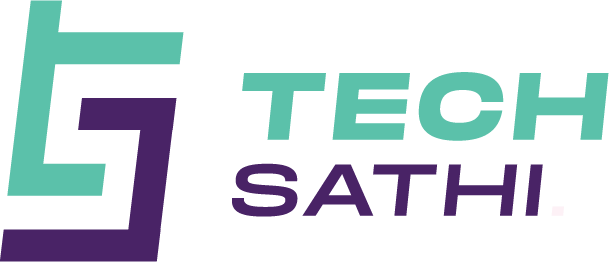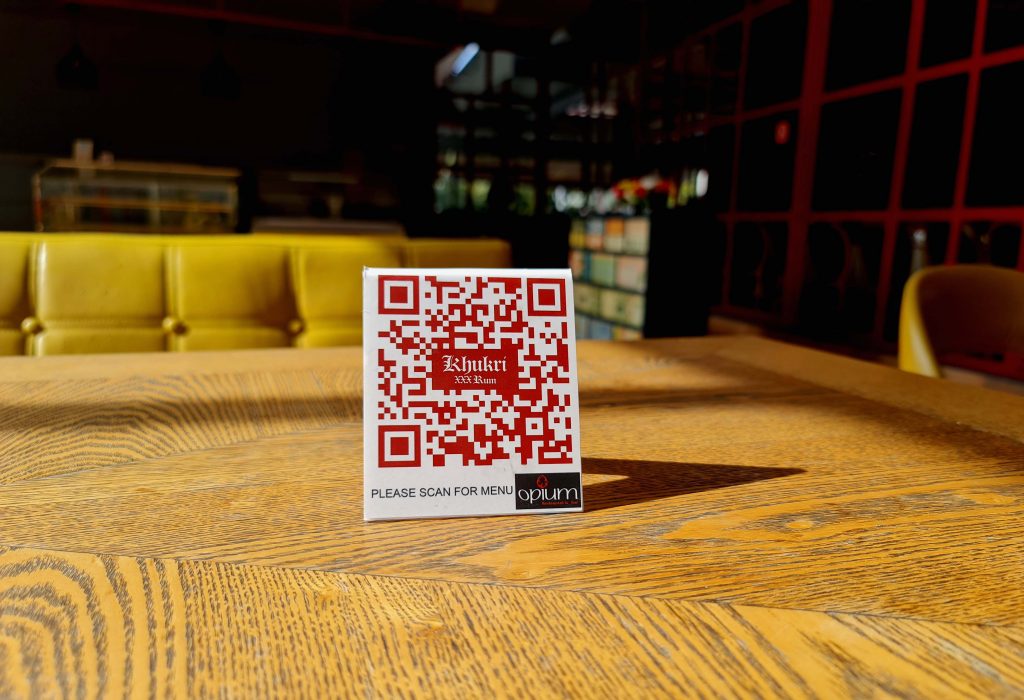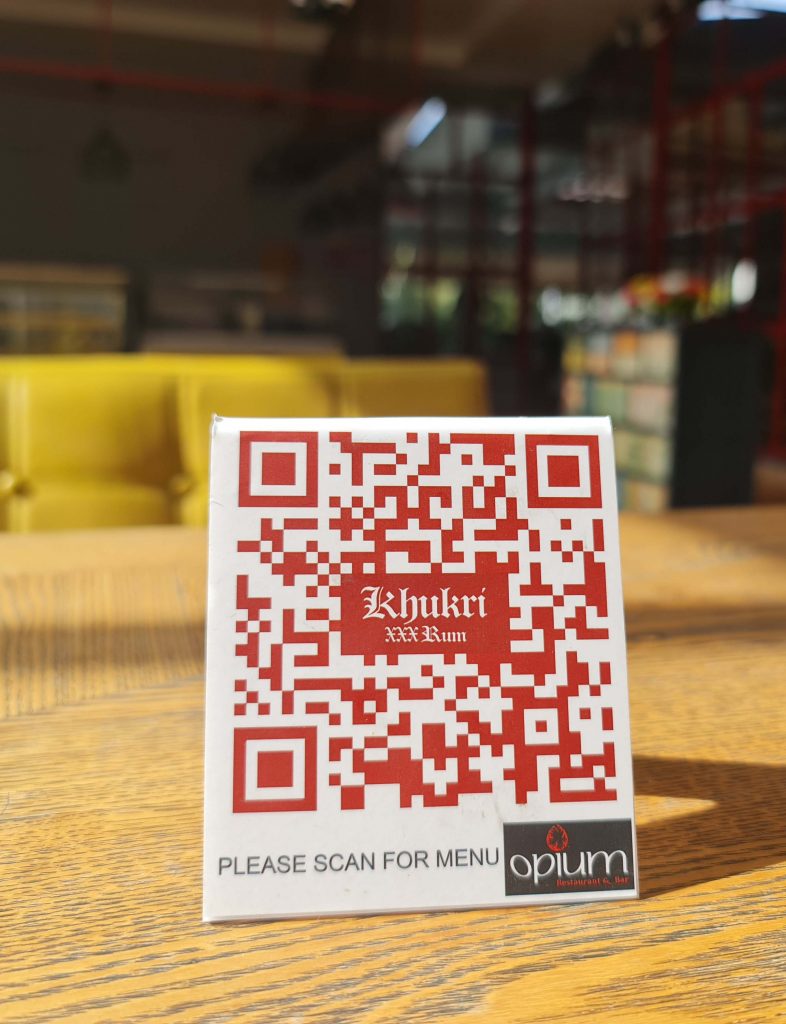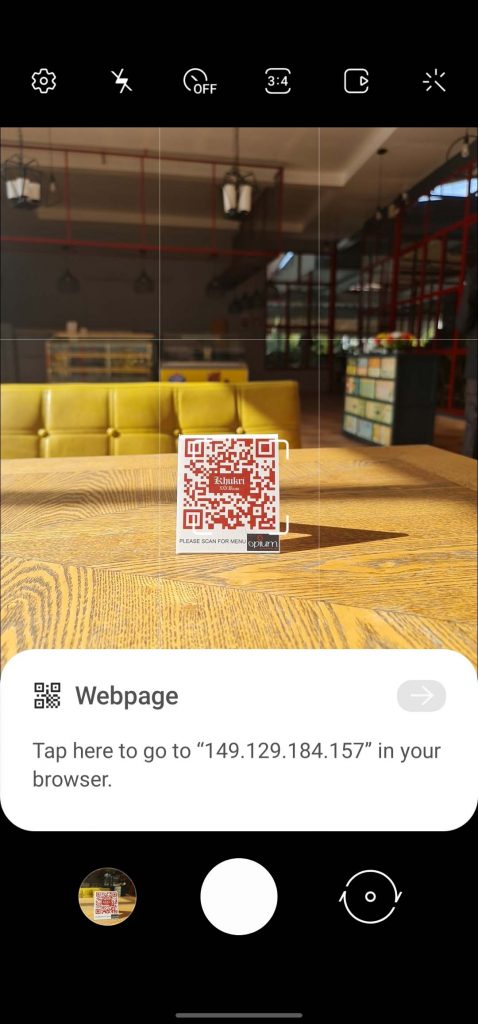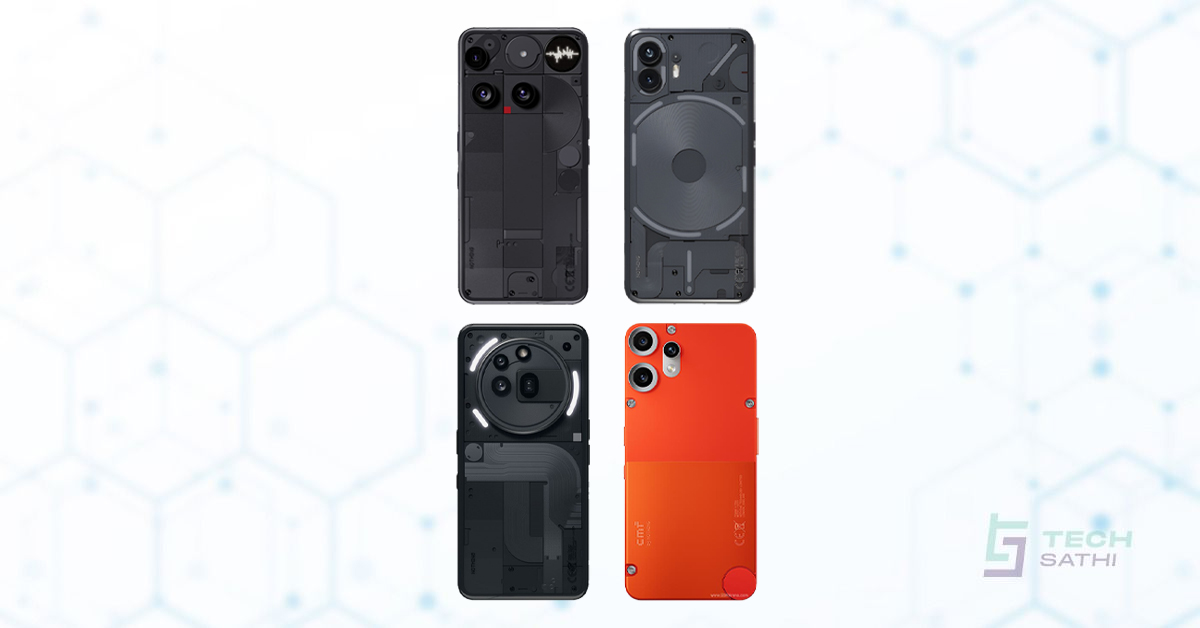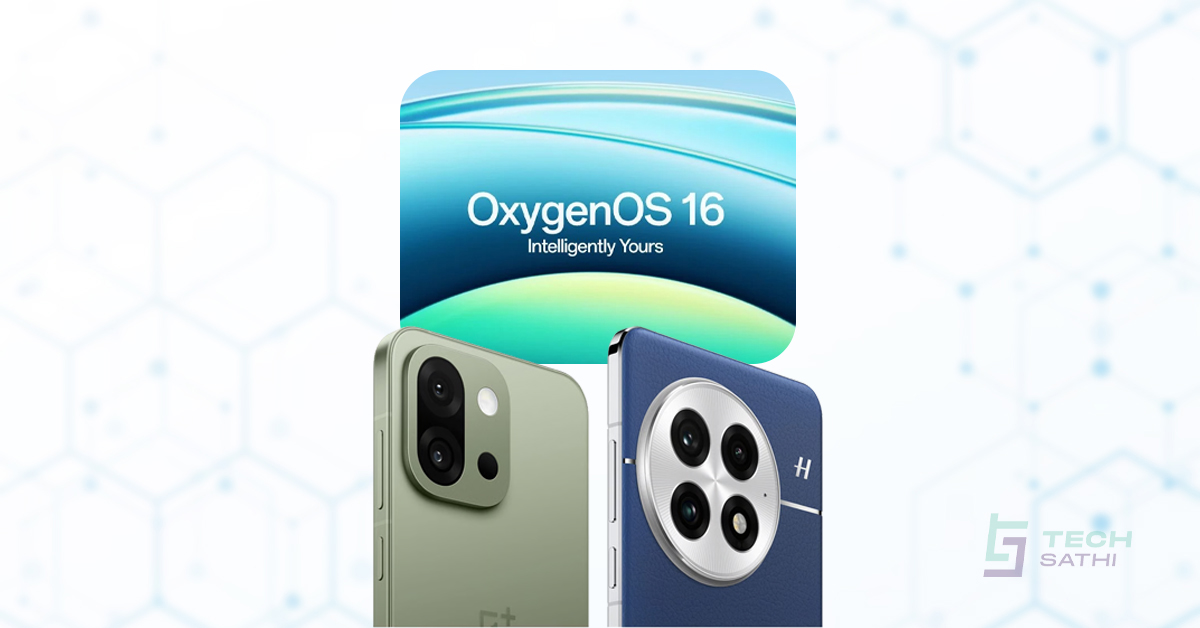A Contactless menu is a virtual menu. It comprises QR codes; these are codes that customers scan to see the menu on their smartphone, which directs them to a restaurant’s online menu from where they can pick items and allow the restaurant to know what they are going to order.
Recently, right after I attended a tech event, I went to a restaurant. Now I noticed something peculiar about this particular restaurant. It did not have a menu but rather a printed QR on the table. All one needs to do is open the camera app to scan the QR and tap on the link that appears. It will then automatically redirect you to the menu. It’s quite fun as well as sanitary, to the least.
Customers can surf food and beverage options, which would have been provided to them on a physical menu in other ways. Contactless menus are more than just a replacement for physical menus. They are a safer and practical variation of physical menus. Digital menus with QR codes have been around earlier than COVID-19. There was not widespread acceptance regarding it before compared to the present.
Things QR code-based menu offers
Besides providing certainty, these menus have a great deal to offer. They are easier to update. It becomes more convenient for restaurant owners to make simple modifications to their menu without making a new imprinted spread and laminate them each time they think of altering something. Restaurant owners can directly edit the menu online with contactless menus, and the menu gets inevitably updated throughout the rest QR codes.
Contactless menus also contribute a whole lot to restaurant table turnover. It maximizes table turnover, which means increased income for restaurants. This digital menu wouldn’t need to be sanitized and changed. It will ensure free time and more available time to work for staff members and a disinfectant environment for customers to enjoy their meal without being worried about hygiene. In this way, the menu also elevates the whole diner experience while providing a seamless and unified experience to the customers dining.
These menus are like an advanced, reinvented version of traditional menus. Contactless menus also have been delivering an engaging graphical guest experience with images and video content, helping the customers visualize before ordering.
Contactless menu in context of Nepal
Restaurants, cafes, and hotels in Nepal are using these menus. Not all restaurants have implemented it, but those who have put this menu into practice have been appreciated. They limit contamination from sharing paper menus, and integrating a digital menu will be a sensible decision because it comes with the customers’ goodwill. When customers notice this security granted to them, it motivates them to revisit the restaurant repeatedly.
Incorporating this digital menu in restaurants cafes now will be beneficial to them more than ever. A Contactless menu will keep diners and the restaurant’s staff safe and secure from the risk of being infected. That is why moving from physical menus to contactless QR code menus will be a smart and uplifting choice for restaurants for the present and their restaurants’ future. Nevertheless, the question is, are restaurants willing to make this change?

